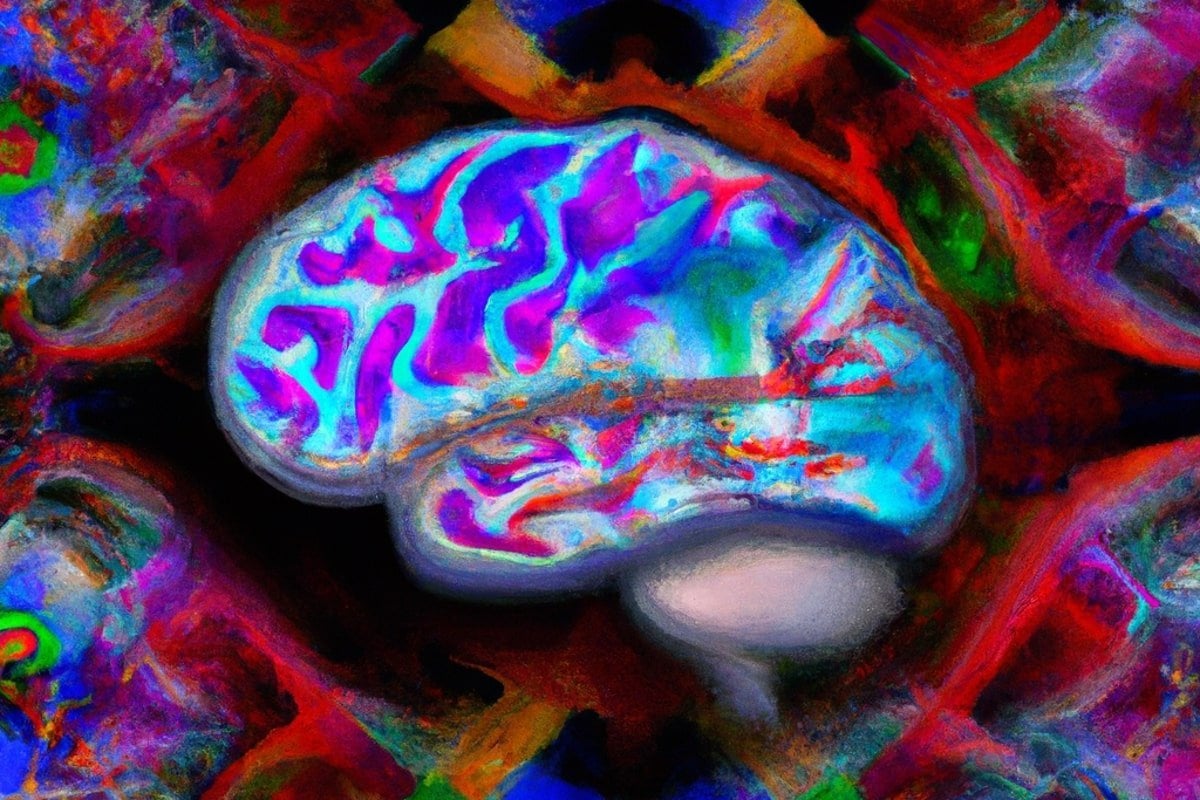Summary: The shape of the brain has developed in parallel with its function throughout the course of evolution.
The study examined 3D surface models of the brains of 90 species of Euarchontoglires, allowing researchers to analyze the diversity of brain forms and their relationship to function, behavior and ecology.
Key Findings:
- The shape of the brain has evolved in parallel with the organ’s function.
- 3D surface models of the brains of 90 species of Euarchontoglires, including humans, macaques, mice, rats, squirrels, and hamsters, were used in the study.
- The study’s results suggest that the brain first expands its visual attention areas before other areas involved in higher cognitive functions, such as language and memory, as it adapts to its environment.
Source: Medical University of Vienna
The connections between the structure of the brain and its function are a key focus of neuroscience.
A new Medical University of Vienna study involving a team of international partners has been looking at evolution and its relationship with the capabilities of human and animal brain architecture.
The findings showed that the shape of the brain has developed in parallel with the organ’s function throughout the course of evolution.
The results of the study were published in the renowned journal Nature Communications.
In the study, 3D surface models of the brains of 90 species of Euarchontoglires (supraprimates), such as humans, macaques, marmosets, mice, rats, squirrels and hamsters, were examined.
Computer-based modeling of common ancestors and analysis of the shapes of neuronal structures was used to create a common representation of the brains.
For the first time, this made it possible to analyze the diversity of brain forms and their relationship to function, behavior and ecology, i.e. the relationship between living beings and their environment.
The results confirm that the shape of the brain has developed in parallel with the organ’s function over the course of its evolution.
“By evaluating the various growth patterns, we were able to identify seven clusters that expanded together during the evolution of the brain and which correspond to specific aspects of cognitive abilities in animals and humans,” explained lead author Ernst Schwartz from the Computational Imaging Research Lab (CIR) at MedUni Vienna’s Department of Biomedical Imaging and Image-guided Therapy.

As a result, the brain adapts to its environment by first expanding its visual attention areas before other areas involved in higher cognitive functions, such as language and memory.
The study was conducted in partnership with researchers from all over the world.
“The study would not have been possible without the exceptionally open, interdisciplinary, international cooperation that characterized it. It combines elements of neuroscience, anatomy, paleontology, and mathematics – and involved more than a dozen laboratories around the world,” said study director Georg Langs.
“One of the triggers for this work was an interest in plasticity – the question of why it is that some brain regions are better able to reorganize themselves during an illness than others. And we hope that a better understanding of the geometry of the brain will help us gain insights into these mechanisms,” he concluded.
The research outcomes could also aid better understanding of the common – and different – characteristics between animals and humans.
About this evolutionary neuroscience research news
Author: Karin Kirschbichler
Source: Medical University of Vienna
Contact: Karin Kirschbichler – Medical University of Vienna
Image: The image is credited to Neuroscience News
Original Research: Open access.
“Evolution of cortical geometry and its link to function, behaviour and ecology” by Ernst Schwartz et al. Nature Communications
Abstract
Evolution of cortical geometry and its link to function, behaviour and ecology
Studies in comparative neuroanatomy and of the fossil record demonstrate the influence of socio-ecological niches on the morphology of the cerebral cortex, but have led to oftentimes conflicting theories about its evolution.
Here, we study the relationship between the shape of the cerebral cortex and the topography of its function.
We establish a joint geometric representation of the cerebral cortices of ninety species of extant Euarchontoglires, including commonly used experimental model organisms. We show that variability in surface geometry relates to species’ ecology and behaviour, independent of overall brain size.
Notably, ancestral shape reconstruction of the cortical surface and its change during evolution enables us to trace the evolutionary history of localised cortical expansions, modal segregation of brain function, and their association to behaviour and cognition.
We find that individual cortical regions follow different sequences of area increase during evolutionary adaptations to dynamic socio-ecological niches. Anatomical correlates of this sequence of events are still observable in extant species, and relate to their current behaviour and ecology.
We decompose the deep evolutionary history of the shape of the human cortical surface into spatially and temporally conscribed components with highly interpretable functional associations, highlighting the importance of considering the evolutionary history of cortical regions when studying their anatomy and function.






